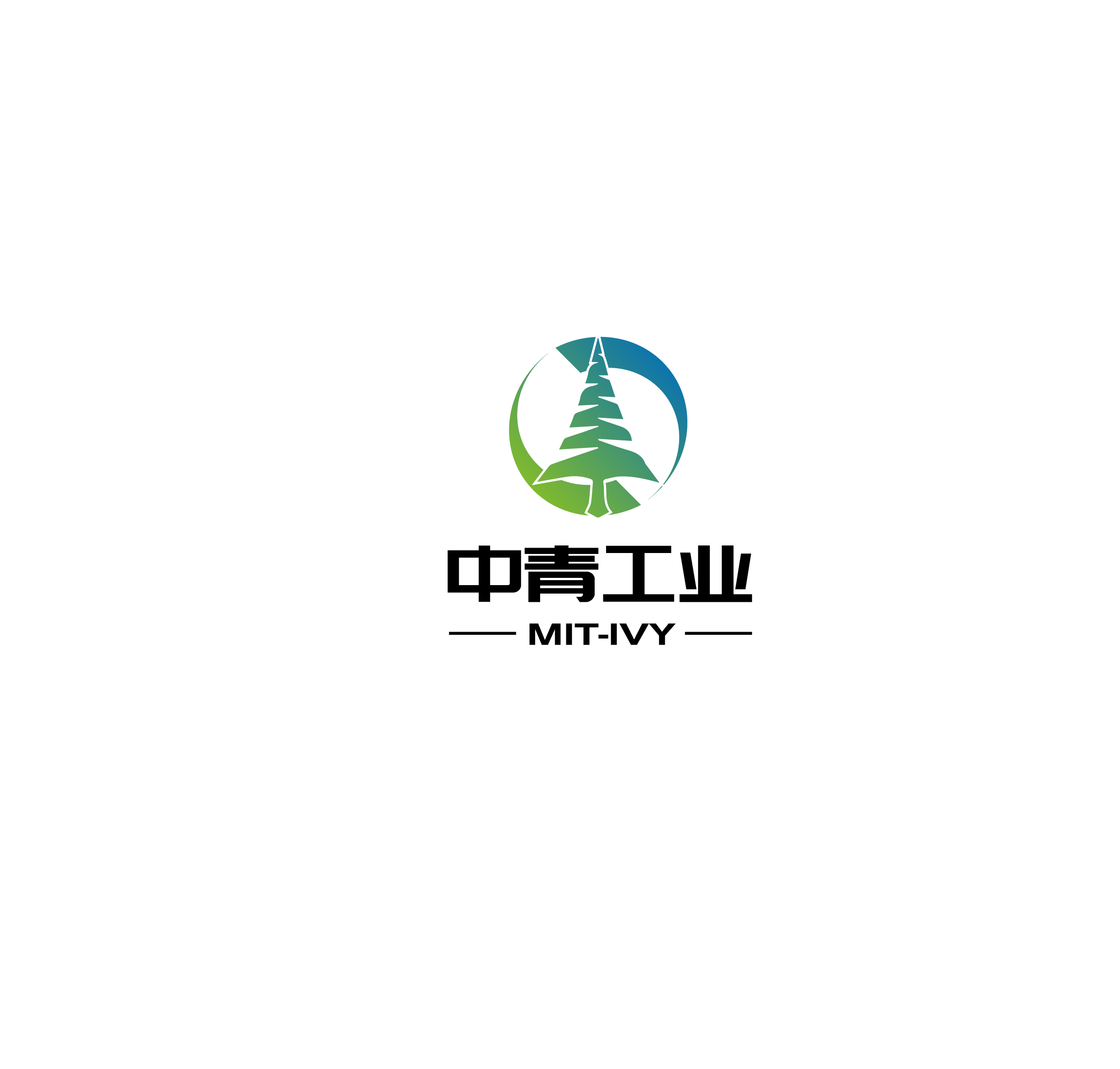Whatsapp/wechat:+86 13805212761
https://www.mit-ivy.com
mit-ivy industry company
CEO@mit-ivy.com
hi , this is CEO athena from mit-ivy industry for chemical in china.
Introduction
Dyeing (color) intermediates is an extremely important branch of the fine chemical industry, and the rapid development of the dyeing (color) industry depends on the development of the intermediates that go with it.
The production of dyeing and pigment intermediates in China has been developed significantly since the 1950s, with the increasingly fierce competition in the market, dyeing and pigment intermediates have been innovative in production technology; breakthroughs in the development of new varieties, improved production process, research on new methods, new uses of old varieties, protection of the environment, etc., using clean technology for the production of dyeing and pigment intermediates.
First, the development of the use of intermediates
Picture
In fact, the development of the use of intermediates is multifaceted, a certain intermediate used in dyestuff called dye intermediates, and used in pesticides, pharmaceuticals and called pesticides, pharmaceutical intermediates. Intermediates should be considered as a branch of the fine chemical industry as a whole, should not be rigidly divided into dyestuff intermediates, pesticide intermediates, pharmaceutical intermediates by industry, which will reduce the scope of use of some intermediates and affect its development.
Fine chemical intermediates research is characterized by a wide range of varieties, in addition to a few varieties of production scale is particularly huge, most varieties of tonnage are not very large, but the preparation process is often complex, involving many unit reactions and separation process, production also generated a considerable number of “three wastes” need to be properly handled. Therefore, we should engage in the process research of series products and organize the production of intermediates reasonably in order to obtain good scale benefits.
From the situation of foreign countries, the research and production of intermediates tend to be properly concentrated to achieve series production, a set of production equipment can produce several to a dozen varieties of intermediates, such research and production through the overall development, the use of new technology is easier to implement, will achieve twice the result with half the effort. Japan’s situation can be for our reference, the original production of intermediates in Japan is also very scattered, from the 1960s has been seven times to adjust, focus.
Through transformation and development, China’s dyeing and pigment intermediates industry has reached a higher level in terms of production scale, technology and equipment level, which can not only meet the needs of the development of domestic dyeing and pigment industry, but also provide more quality intermediates for foreign countries.
The raw materials required for the synthesis of intermediates are mainly obtained from the products of petroleum and coking chemical industry, most of which are benzene, naphthalene, anthraquinone compounds, and also some heterocyclic compounds, and the organic pigments prepared with heterocyclic compounds intermediates are on the rise in recent years. In addition, phenanthrene, pyridine, oxygen fluorene, quinoline, indole, carbazole, biphenyl series of compounds, these complex raw materials applied to the manufacture of dyes, then the use of synthetic raw materials will be more extensive and universal.
Second, the most commonly used chemical reactions of intermediates
Picture
The raw materials will be processed into dye (color) industry intermediates are most commonly used chemical reactions are as follows.
(1) sulfonation reaction
(2) Nitration reaction
(3) halogenation reaction
(4) Reduction reaction to prepare amino
(5) Diazotization reaction (often accompanied by coupling reaction)
(6) alkali fusion reaction to replace the sulfonic acid group to hydroxyl
(7) Acylation reaction
(8) Oxidation reaction
(9) condensation and carbonation reaction
(10) Aromatization reaction (mainly amino)
(11) mutual replacement reaction of hydroxyl and amino groups
(12) hydroxyl or amino hydrocarbonation reaction
According to the structure of the main aromatic ring of fine chemical intermediates, the intermediates can be divided into aliphatic system, benzene system, naphthalene system, anthraquinone system, heterocyclic system and thick ring system. Our country can produce benzene, naphthalene, anthraquinone, heterocyclic system, such as dyeing, pigment intermediates more than 400 varieties, basically to meet the dyeing, pigment industry development needs.
The main varieties of benzene system are.
2,4-dinitrochlorobenzene, o-nitrochlorobenzene, p-nitrochlorobenzene, p-nitrophenol, N,N-dimethylaniline, p-aminoanisole, p-nitroaniline, o-toluidine, 2-bromo-6-chloro-p-nitroaniline, N-ethylaniline, m-hydroxydiethylaniline, 2,4-dinitro-6-bromoaniline, o-m-phenylenediamine, 3,3-dichlorobenzidine, bianisidine, p-aminobenzenesulfonic acid, o-, p-aminoanisole, DSD, etc. N-methyl-m-toluidine, N-ethyl-m-toluidine, N,N-dimethyl-m-toluidine, N,N-diethyl-m-toluidine, N-methyl-hydroxyethyl-m-toluidine, N-ethyl-hydroxyethyl-m-toluidine, N-methyl-cyanoethyl-m-toluidine, N-ethyl-cyanoethyl-m-toluidine, N-ethyl-cyanoethyl-m-toluidine, N-ethyl-cyanoethyl-m-toluidine, N-ethyl-cyanoethyl-m-toluidine, N-ethyl-cyanoethyl-m-toluidine, N-ethyl-cyanoethyl-m-toluidine. m-toluidine, N-ethyl cyanoethyl m-toluidine, N-methylphenyl m-toluidine, p-toluidine, ethoxy aniline, 2-4-dimethyl aniline, 4-chloro-3-aminobenzamide, 4-methyl-3-aminobenzamide, 4-methoxy-3-aminobenzanilide, 4-methoxy-3-amino-N,N-diethylbenzenesulfonamide, 2,4,5-trichloroaniline, m- and para-esters, etc.
The main varieties of naphthalene intermediates are.
2-naphthol, H-acid, K-acid, 2,3-acid, 2,6-acid, tartaric acid, 6-nitro-1,2,4-acid oxygenate, J-acid, peri-acid, γ-acid, G-salt, R-salt, amino K-acid, 2-naphthylamine-1,5-disulfonic acid, 1-naphthol-5-sulfonic acid, 1,5-dihydroxynaphthalene, 2,6-naphthalenedicarboxylic acid, 2R-acid, etc. The main varieties of anthraquinone intermediates are: anthraquinone, 1-amino anthraquinone, 1,4-diamino anthraquinone, 1,5-dimethyl anthraquinone bromine, 1,5-diamino anthraquinone, 1-amino-5-benzoyl anthraquinone, 1,5-dihydroxy anthraquinone, 1,8-hydroxy anthraquinone, 1,8-dihydroxy-4,5-diamino anthraquinone, etc.
The main varieties of heterocyclic system and thick ring system are.
Melamine, barbituric acid, 2-amino-6-nitrobenzothiazole, 2-amino-5,6-dichlorobenzothiazole, 2-amino thiazole, dehydrothio-p-toluidine bisulfonic acid, 3-cyano-4-methyl-6-hydroxy-N-ethylpyridone, 3-formylamino-4-methyl-6-hydroxy-N-ethylpyridone, 4-chloro-1,8-naphthalic anhydride, naphthalenetetracarboxylic anhydride, ! tetracarboxylic anhydride, etc.
Post time: Dec-25-2020






